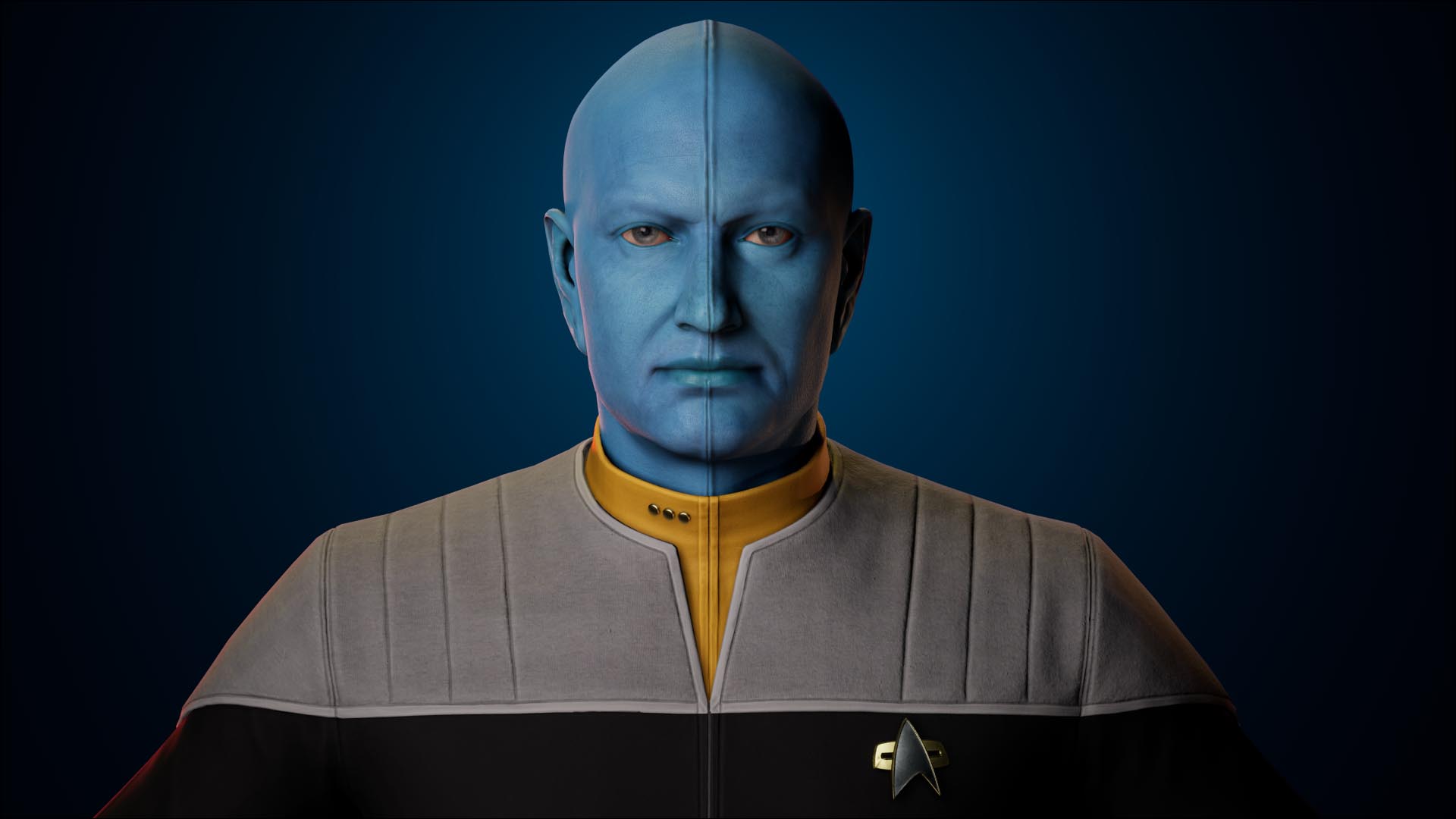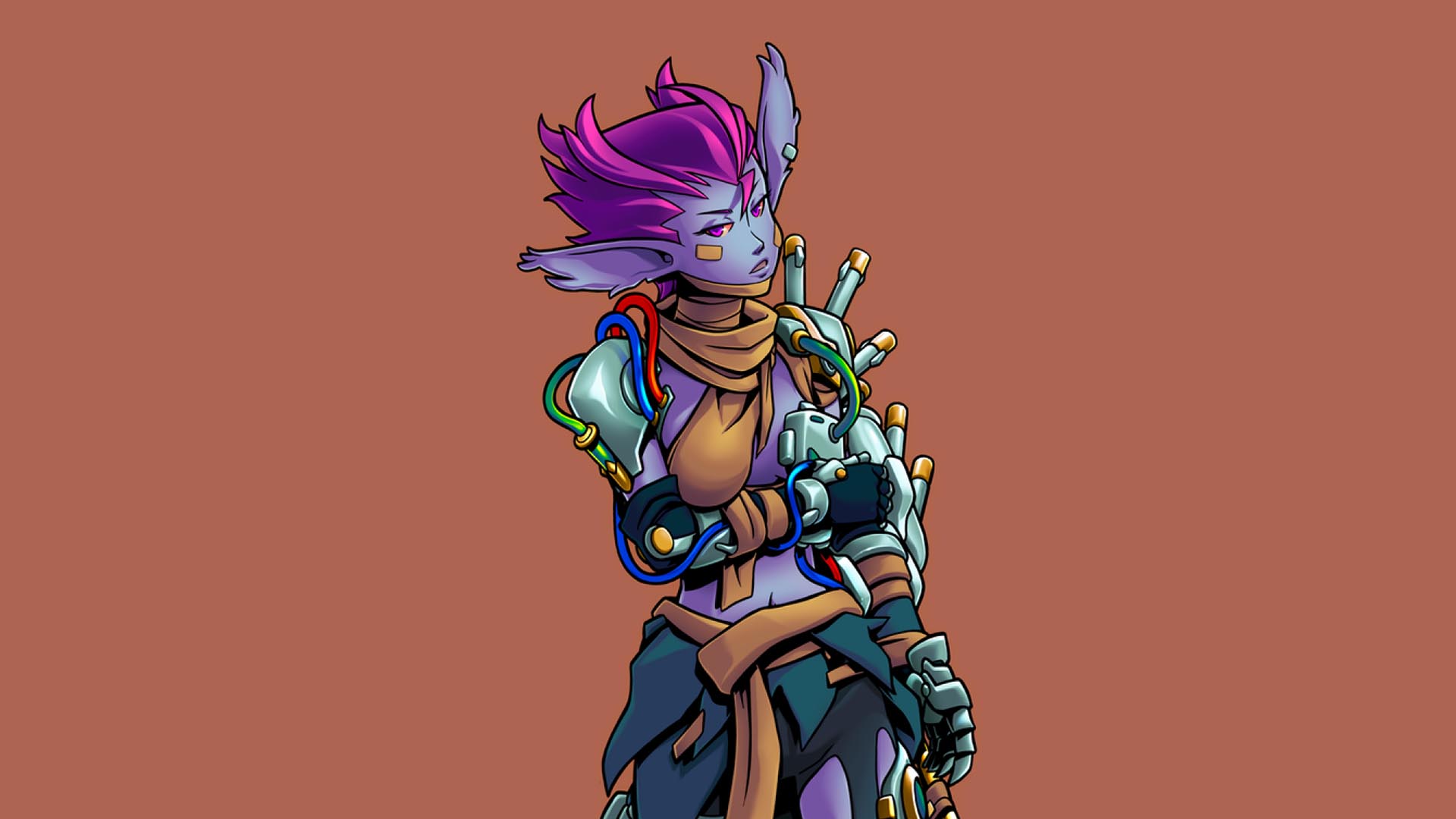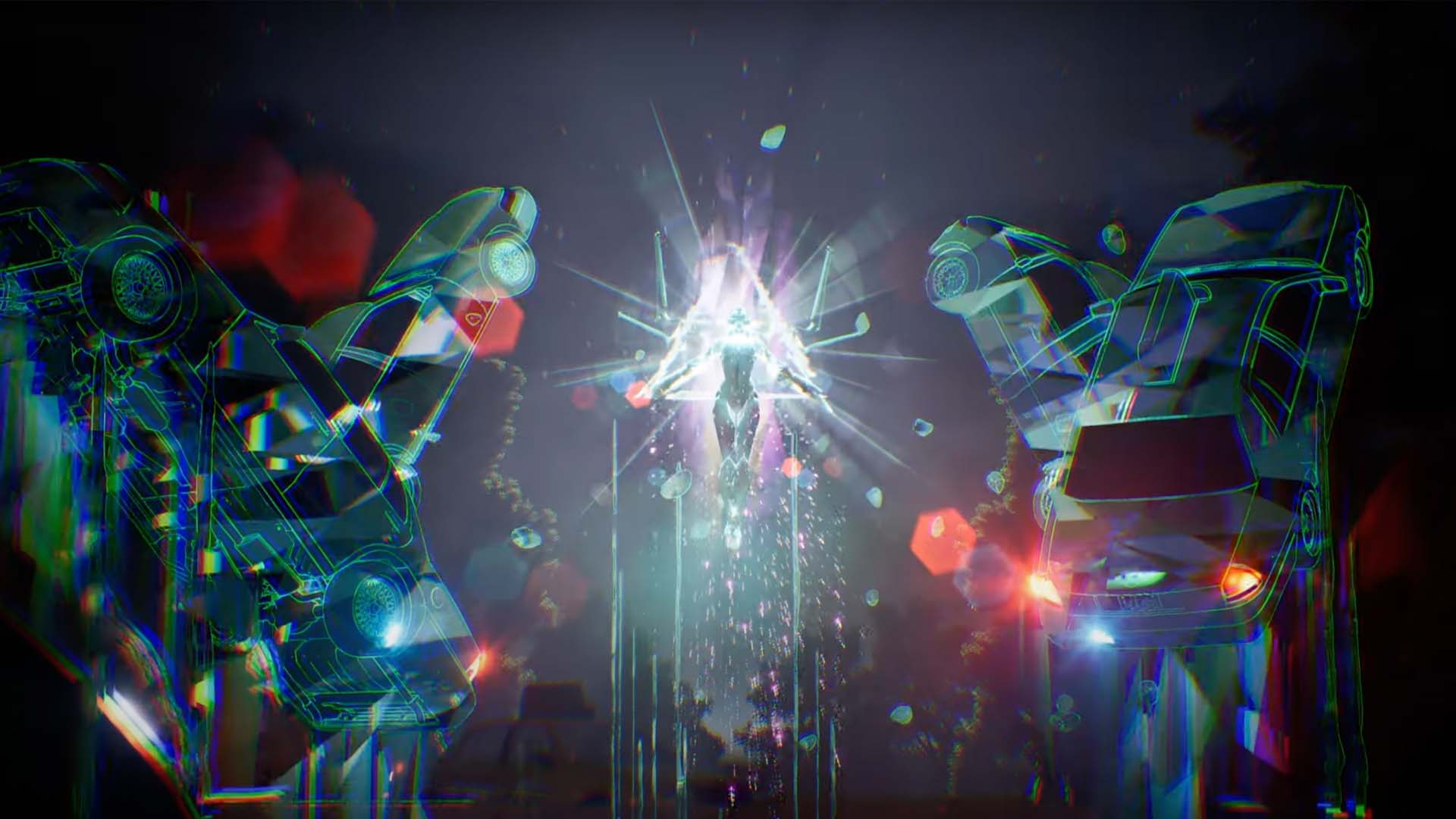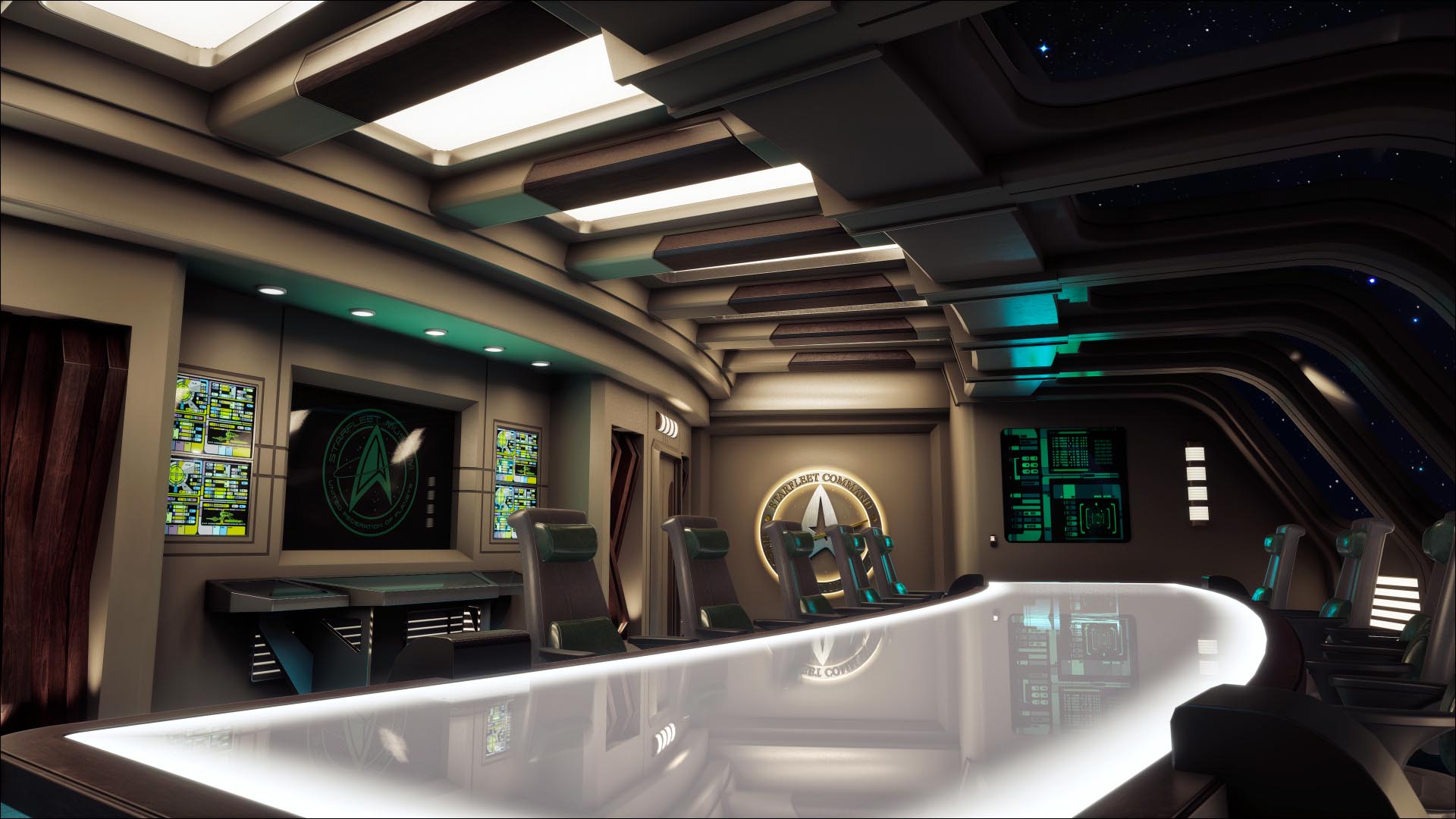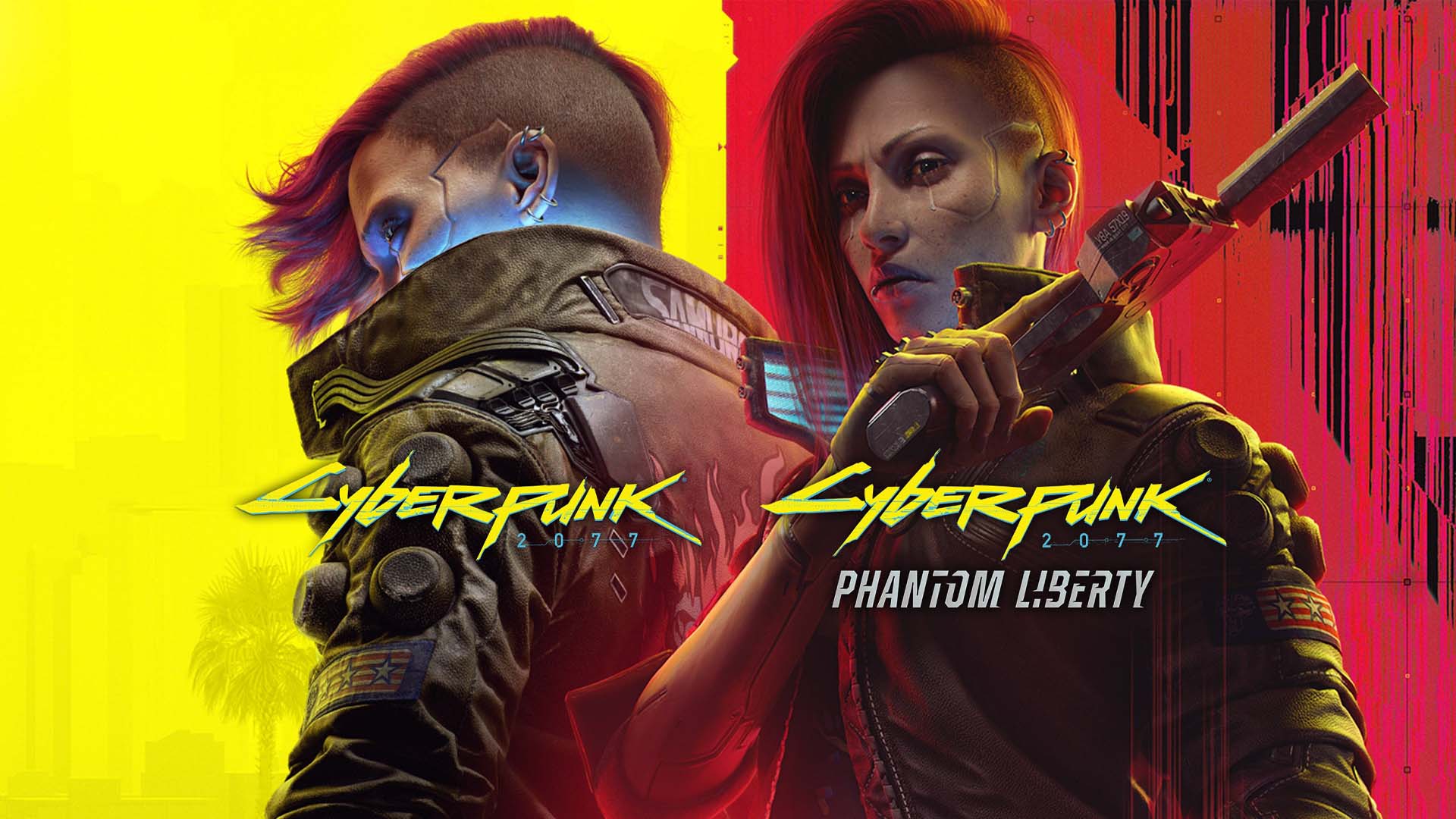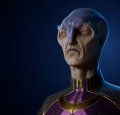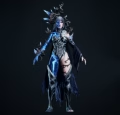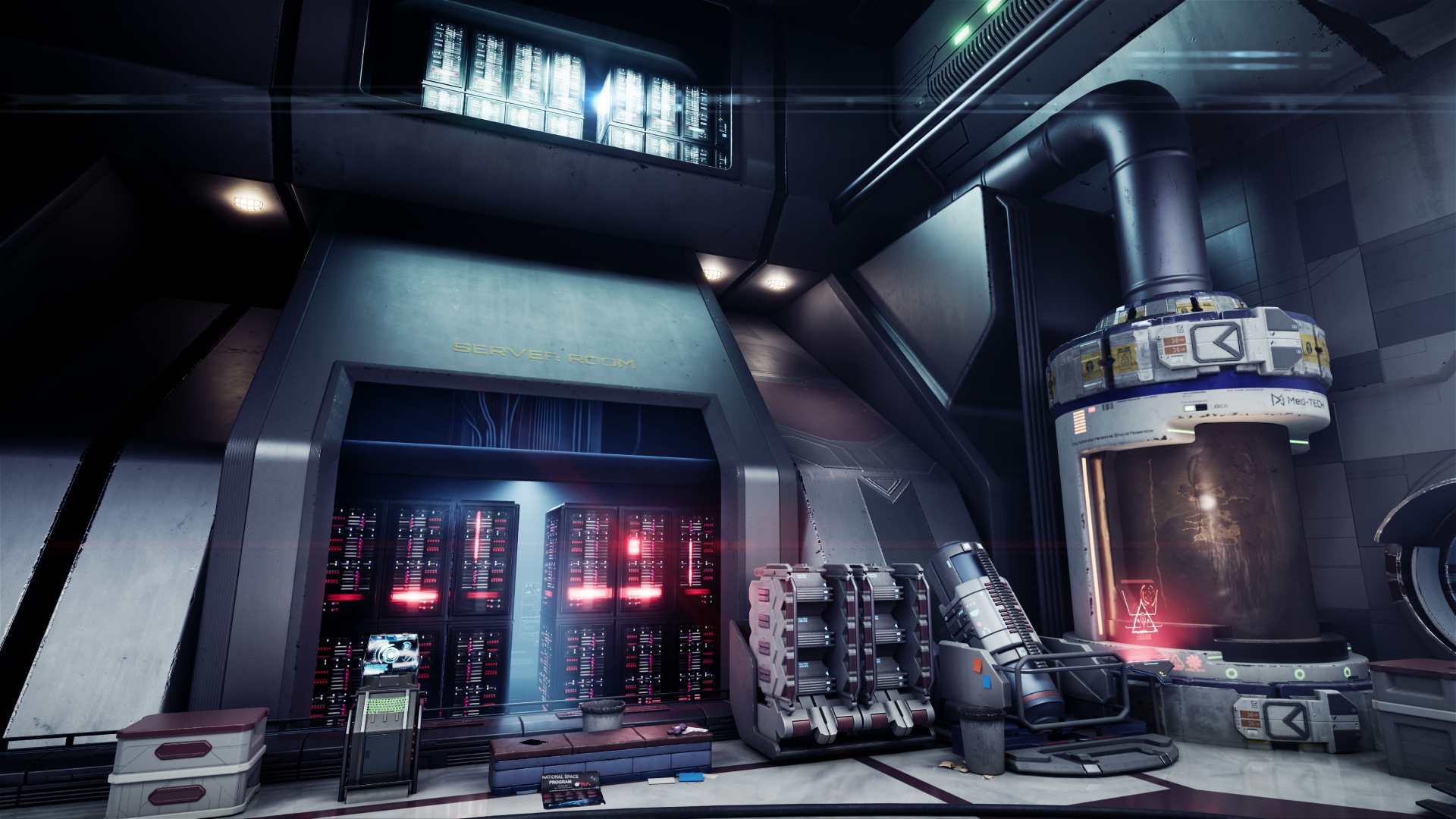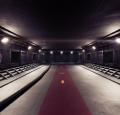The world of film and television is constantly evolving, and the visual effects industry is no exception. Today, a new generation of filmmakers and artists is pushing the boundaries of what’s possible on screen with innovative techniques and technologies. In this article, we explore six of the top visual effects trends that are shaping the future of the film and television industry.
Virtual Production
Virtual production is changing the way films and television shows are made. This technique allows filmmakers to shoot in a virtual environment and see the final result in real-time, giving them the ability to adjust lighting, camera angles, and other aspects of the scene in real-time. It’s quickly becoming the new standard for the visual effects industry.
Machine Learning
Machine learning is revolutionizing the visual effects industry. With complex algorithms, visual effects artists can create realistic, complex scenes in less time than ever before. Machine learning is also being used to create more advanced simulations, such as realistic water and fire effects. As this technology continues to develop, we can expect to see more advanced and realistic effects in films and television shows.
Augmented Reality
Augmented reality (AR) is being used in the visual effects industry to create interactive experiences for audiences, such as in theme parks or interactive exhibits. This technology overlays digital information onto the real world, creating a hybrid environment. As this technology becomes more advanced and accessible, we can expect to see it used in more creative and innovative ways in films and television shows.
Real-Time Ray Tracing
Real-time ray tracing is a technique that allows for more realistic lighting and shadows in real-time rendering. This technology is being used to create more realistic virtual environments and objects, and is a significant advancement for the visual effects industry. As real-time ray tracing technology becomes more accessible, we can expect to see more films and television shows utilizing this technique.
5G Networks
5G networks are expected to have a significant impact on the visual effects industry, as they offer faster data speeds, lower latency, and more reliable connections. With 5G networks, visual effects artists can work together from different parts of the world, creating more efficient and effective workflows. This technology allows for more seamless collaboration and remote work.
Extended Reality
Extended reality (XR) is a term that encompasses virtual reality (VR), augmented reality (AR), and mixed reality (MR). XR is being used in the visual effects industry to create immersive experiences for audiences, such as in virtual reality experiences or augmented reality exhibits. As XR technology continues to develop, we can expect to see it used in more creative and innovative ways in films and television shows.
In conclusion, these six visual effects trends are leading the way in the film and television industry’s evolution. As filmmakers and visual effects experts at Magic Media VFX & Cinematics, it’s imperative to push the boundaries of what’s achievable on screen. With these innovative techniques, we can expect to see even more advanced and creative visual effects in the future. The visual effects industry is evolving rapidly, and keeping up with the latest trends is crucial for success.
At Magic Media, we are veterans of the film, tv, gaming and entertainment industries with a passion for the creation of ground-breaking visual effects and digital content. We have deep experience with in-game cinematics along with photorealistic and live action cinematics. Our main goal is to provide clients with the highest quality VFX & cinematic services to help your project reach its full potential. Magic Media provides a one-stop solution for any project. Get in contact today and let’s create magic!

